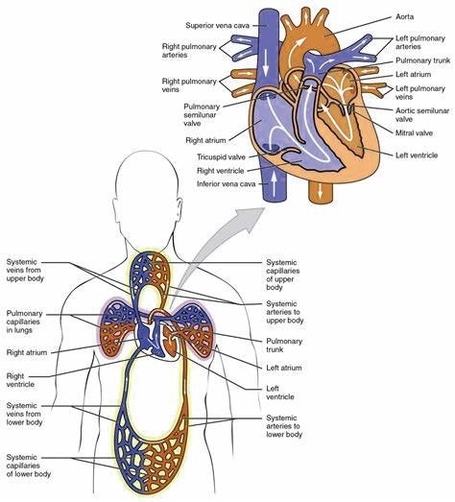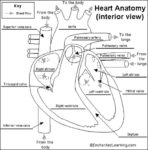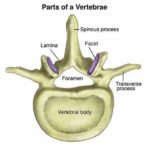Human Heart Circulation
The human heart, a fist-sized powerhouse, is an amazing organ that continuously pumps oxygen and nutrient-rich blood throughout the body to sustain life. It beats approximately 100,000 times per day, pumping about 5 or 6 quarts of blood each minute, or about 2,000 gallons per day.
Anatomy of the Heart
The heart is made of muscle and is divided into four chambers: two on the right side (right atrium and right ventricle), and two on the left side (left atrium and left ventricle). The heart is located under the rib cage, to the left of your breastbone (sternum) and between your lungs.
Blood Flow Through the Heart
Blood flows through the heart, lungs, and body in a series of steps. After delivering oxygen and nutrients to all your organs and tissues, your blood enters your heart and flows to your lungs to gain oxygen and get rid of waste. It then flows back to your heart, which pumps the refreshed blood out through your aorta to nourish your body again.
Circulatory System
The circulatory system is a network of blood vessels that carry blood to every part of the body, from the major organs (like your brain) to the smallest tissues at the tips of your toes. There are three main types of blood vessels: arteries, capillaries, and veins.
– Arteries: They begin with the aorta, the large artery leaving the heart. Arteries carry oxygen-rich blood away from the heart to all of the body’s tissues.
– Capillaries: These are small, thin blood vessels that connect the arteries and the veins. Their thin walls allow oxygen, nutrients, carbon dioxide, and other waste products to pass to and from our organ’s cells.
– Veins: These are blood vessels that take blood back to the heart; this blood lacks oxygen (oxygen-poor) and is rich in waste products that are to be excreted or removed from the body.
Role of Blood Flow
You need continuous blood flow through your heart and body to stay alive. Your blood is always on the go, and it has two main jobs while its flowing through your body: It delivers oxygen and nutrients to all your organs and tissues. It removes carbon dioxide and other waste products from those same places. The blood then returns to your heart once its low on oxygen and full of waste products.
Conclusion
The circulation of blood continues over and over, every second of every day. Your heart and blood vessels make it all happen, and thats why together theyre known as your circulatory system. The many parts of your circulatory system work together like a top-notch delivery service to keep blood moving through your body on schedule. Blockages in your blood vessels (like blood clots) or other slowdowns can disrupt this system and lead to health issues.



